Sartorius Intec (Germany) - Non-homogeneous detection sensitivity in freefall metal detectors presents a great challenge for validation and periodic performance quality checks.

Graphical depiction of a test piece. The embedded test piece sphere can be seen in the cross section.
In food production, the reliable separation of foreign objects from the product flow must be evidenced via replicable validation checks. The validation techniques used in freefall metal detection may not be uniform. Test pieces are often not passed through the centre of the search coil, despite the fact that any other position bears a high risk of producing false detection sensitivity test results. How then, is it possible to guarantee accurate performance validation tests?
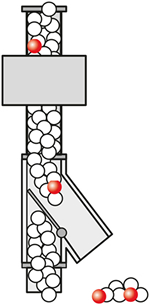
Example of horizontal metal detection with separator flap.
Special requirements for metal detection technology for drop shaft applications:
Various factors influence the detection result that can be achieved by metal detectors, with one of the most significant of these factors being non-homogeneous detection sensitivity within their search coils. This is due to the field distribution in the detector tunnel: the detection sensitivity decreases as the distance from the edge of the search tunnel increases. This has been proven through measurements taken by the product development team at Sartorius Intec, one of the world's leading providers of inspection systems. "It has been shown that the detection sensitivity increases at the edge in terms of signal amplitude," explains Elmar Oberdörffer, Head of R&D Detection at Sartorius Intec. "If a test sphere representative of maximum detection sensitivity, made from AISI 304 (Stainless steel) for example, is guided along the edge of the search coil, the signal could quite easily be 2.5 times greater than in the centre."
It therefore follows that the least sensitive position is in the centre of the outlet, which is in the centre of the tube in the case of a free fall metal detector. Therefore, the metal piece to be checked should be guided through the centre of the search coil opening when carrying out detection sensitivity tests. As a rule, every other position would produce a better detection result. HACCP principles only require validation to be carried out "in the product flow," so how should performance validation and routine QA tests ideally be carried out for freefall metal detectors?
The right test piece for detection sensitivity tests:
For reasons relating to the reproducibility of test results, it proves to be expedient to use spheres as test pieces. Due to their radial symmetry, spheres produce a signal which depends on their position within the search coil but not on their direction. The carrier material of the test sphere must not produce any significant false signal. As long as this is ensured, it is insignificant whether plastic cards, spheres, rods, tablets etc. are used. All test pieces should be regularly checked and, if necessary, certified in order to rule out issues such as magnetisation or manipulations.
Where is the correct place to carry out performance validation?
Tests in which the test piece is guided into the side of the search coil opening yields less reliable information than tests where the test piece is introduced precisely in the middle of the tube. There are test pieces specifically for drop shaft systems which enable their detection sensitivity to be tested in the centre of the product flow resulting in tests which guarantee 'correct performance validation' with the greatest possible reliability. The core element for this kind of validation is an access point above the search coil. Here, test spheres can be introduced into the centre of the product flow during the production process using an applicator. The applicator ensures that the test piece is dropped precisely in the middle of the conveyor tube and falls through the least sensitive part of the detector coil. If the foreign bodies do not generate sufficient signal during the performance test, an additional component below the drop shaft system includes a grille which prevents the test piece from entering into the subsequent production process.
Freefall metal detection in practice:
As yet, there are no uniform standards in place for the performance validation of freefall metal detection systems. Decisions regarding the system of choice, and therefore the accuracy of its performance validation, are made on a case-by-case basis by the users and their quality management team. Given the above best practise must therefore be to ensure the test pieces are placed in the centre of the coil where it is least sensitive to foreign bodies.
Challenge - Non-homogeneous detection sensitivity in Freefall Metal Detectors
- By Minebea Intec
- Posted on Apr 27, 2016
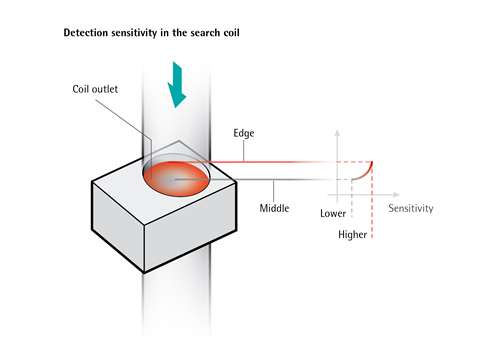
For more information about this article from Minebea Intec click here.
Other articles from Minebea Intec.
© Minebea Intec / International Weighing Review








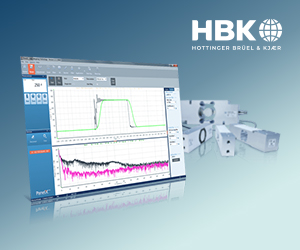
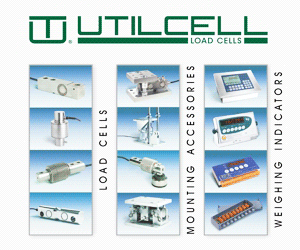


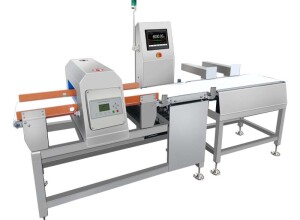
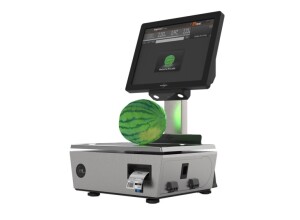
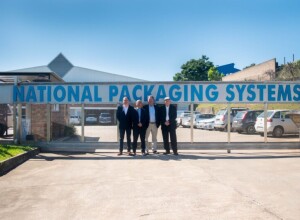




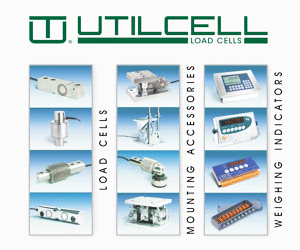
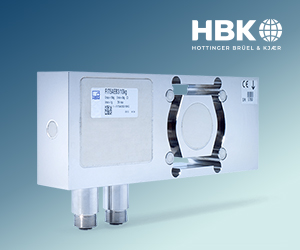
Interested? Submit your enquiry using the form below:
Only available for registered users. Sign In to your account or register here.